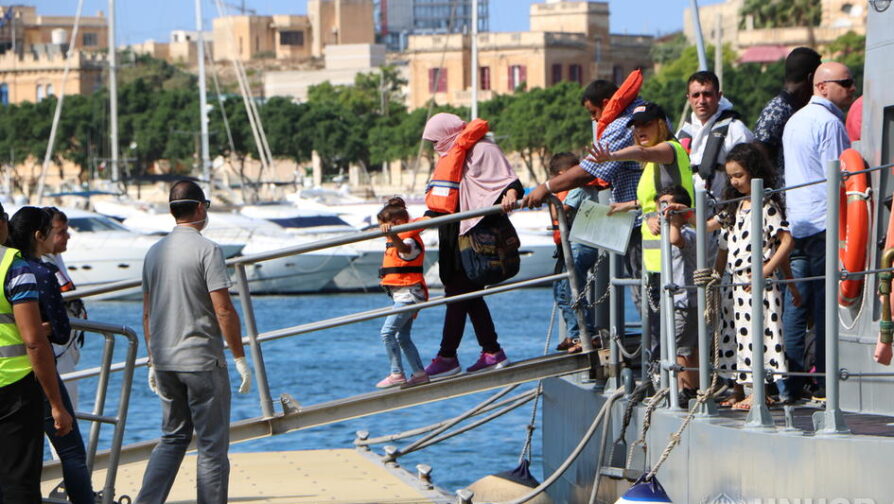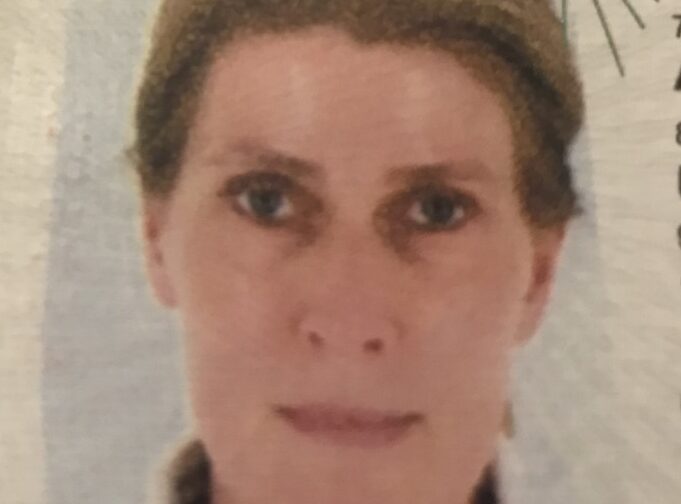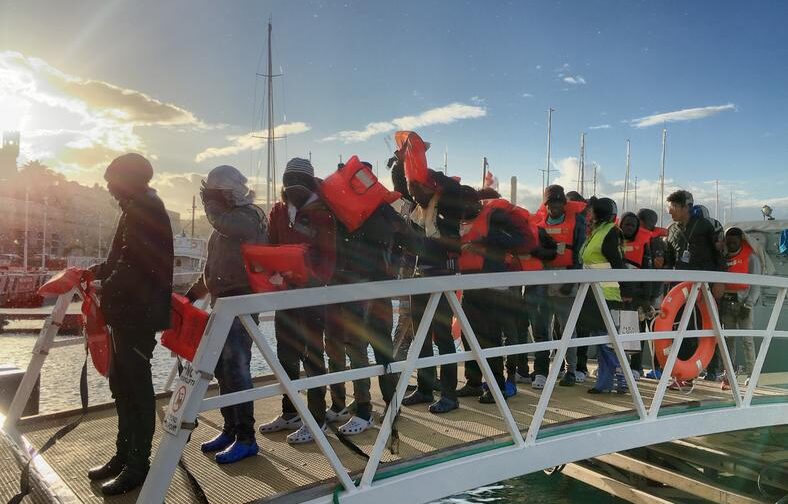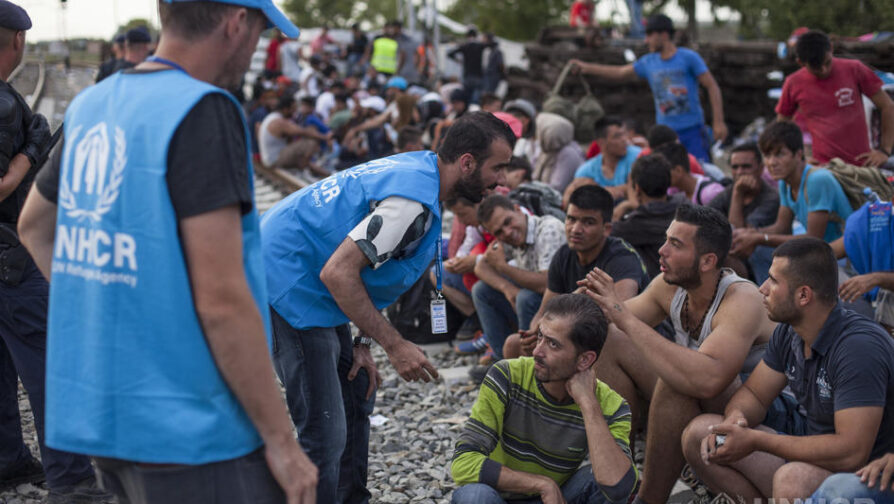Disembarkation in Malta of persons rescued by NGO vessels Sea Watch and Sea Eye. © UNHCR/Anna Camilleri
“Stories from the Field” is an interview series providing insight into the daily lives of some of our Nordic and Baltic colleagues, working for the organization all over the world.
“There is a tradition of humanitarian work in my family that inspired me. Once at law school, someone from UNHCR’s office in Stockholm came to give a lecture on refugee law. This person told us to come up after the talk if we were interested in working with refugee issues and interning with UNHCR – and I was the only one out of some one hundred students who approached him. He advised me to apply for a scholarship through SIDA, and to get in touch with UNHCR. That’s how I ended up with UNHCR in Kenya initially.
I believe it is important to start one’s UNHCR career in the field to get an understanding of the organization’s work on the ground. It is in the field that you witness the most concrete examples of assisting refugees and making a difference. You learn so much by seeing refugees’ capacity and resilience and from hearing their stories. It is a very eye-opening and humbling experience, and it helps put things into perspective.”

UNHCR was present at this disembarkation, which took place following an ad hoc agreement led by Government of Malta for the relocation of the 58 migrants to 4 EU Member States. © UNHCR/Paolo Biondi

Anne-Birgitte Krum-Hansen in UNHCR
“My current work involves promoting cooperation between UNHCR and EASO, the European Asylum Support Office. EASO focuses on supporting countries of asylum, both within and outside of the EU.
My role as focal point for UNHCR’s engagement with EASO involves facilitating coordination between the two agencies – both institutionally and on the ground. Both agencies have operations in Cyprus, Greece, Italy, and Malta, and it is crucial that we coordinate closely between our operations.
Like UNHCR, EASO is also involved in building asylum capacity outside the EU, such as in the Western Balkans, the Middle East, Northern Africa, and Turkey, so the UNHCR Liaison Office to EASO facilitates coordination and cooperation between the two agencies and their respective activities in these regions and countries as well. EASO additionally develops guidance tools and training materials, with UNHCR providing input and support. Resettlement and complementary pathways are other focus areas for both institutions and therefore also benefit from close coordination.
UNHCR has two offices in Malta – the Malta country office and the Liaison Office to EASO, where I am based. Malta has a situation of sea arrivals coming from the Libyan or Tunisian coast, often in dinghies. The passengers often find themselves in a situation of distress, with currently very limited search and rescue operations in the Mediterranean. Malta’s reception capacity is overstretched. It is a very challenging situation and UNHCR keeps calling for greater support from other European States. There is a need for greater solidarity with frontline States, which receive the majority of arrivals, and at the same for frontline States to improve their reception capacity and conditions, with support made available for this purpose by the European Commission.”

Disembarkation in Malta of persons rescued by NGO vessels Sea Watch and Sea Eye. © UNHCR/Paolo Biondi
“Some of the best experiences will probably have to be encounters related to reuniting separated family members in the context of the 2015 emergency. I was working in Serbia at the time, and in a period of a few weeks 10,000 people crossed the borders from North Macedonia and Greece into Serbia every day. Most people were from Syria. There was a lot of commotion and many cases of family members being separated, including children being separated from their parents. Together with partner organizations, UNHCR actively assisted in reuniting these children with their families. We had some great success stories, and it was incredibly fulfilling.
Resettlement is always rewarding, and it is such a positive experience to be able to see people move from a difficult situation to safety. It’s a very concrete process, and it is rewarding also to later hear back from resettled refugees about how they are doing in their new host country.”

UNHCR staff help refugees and migrants at a train station in Tovarnik, Croatia where many people crossed the border from Serbia in the summer of 2015. © UNHCR/Igor Pavicevic
“Working in Serbia during the European refugee emergency in 2015 was very challenging. At the time the emergency started, it was 40 degrees C outside and there were not enough resources for the large number of people crossing every day. Small children, pregnant women, and elderly people were crossing the border on foot – all exhausted and dehydrated.
In the Serbian countryside, there was initially a lack of resources – even water. There were not enough medical resources, and only one ambulance in the village where I was on field mission. No tents, blankets, or hygiene facilities existed either. People were sleeping in the open. UNHCR assisted together with the host authorities and partners by providing emergency assistance, in the beginning with few resources available, until additional emergency aid arrived. It was very distressing to witness, and one of the biggest challenges I have faced during my time with UNHCR.”
Share on Facebook Share on Twitter